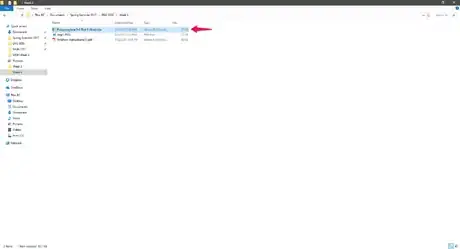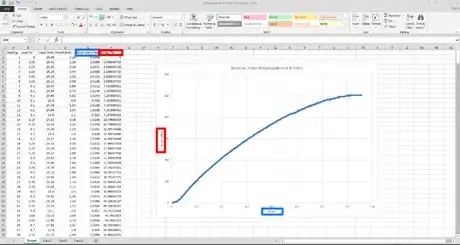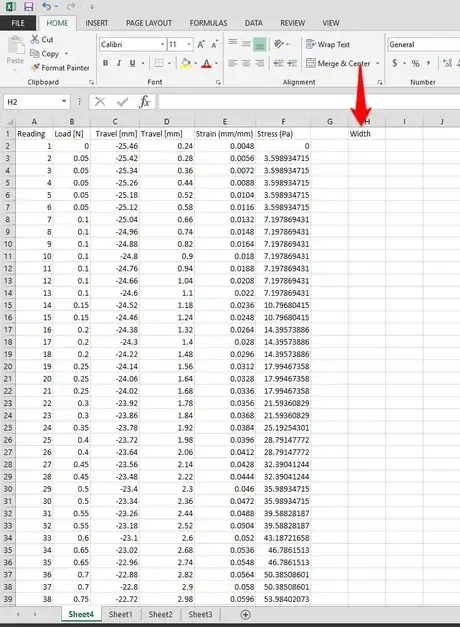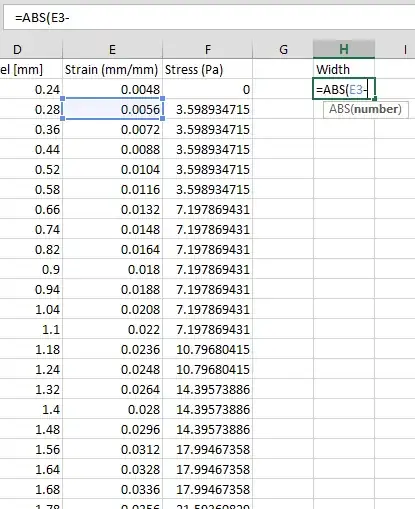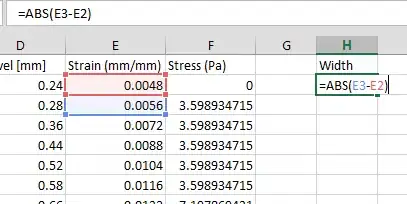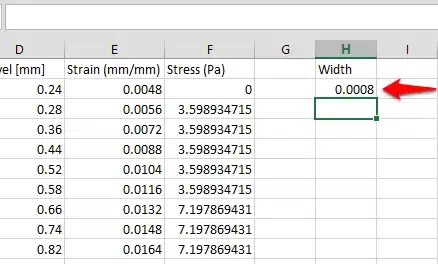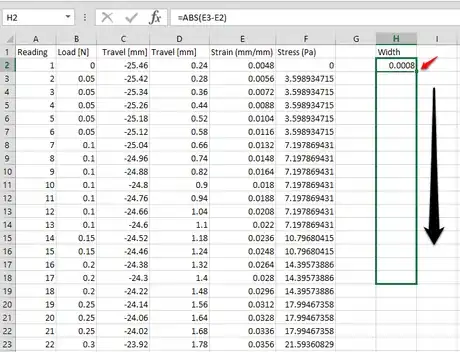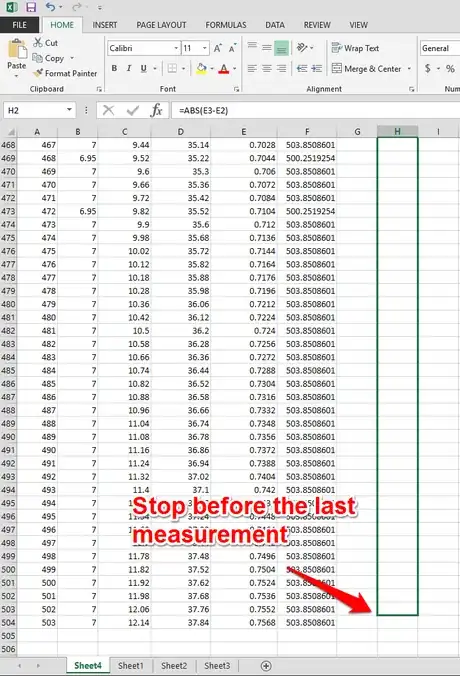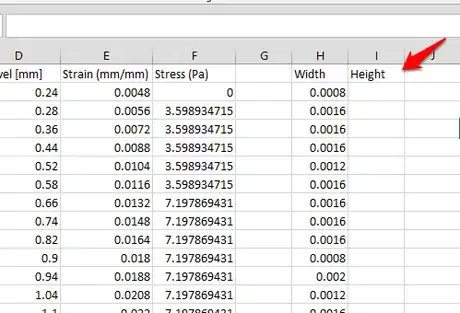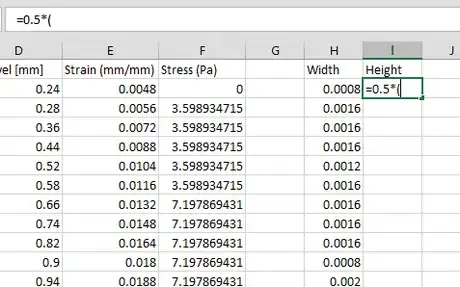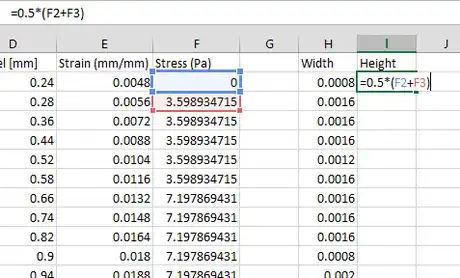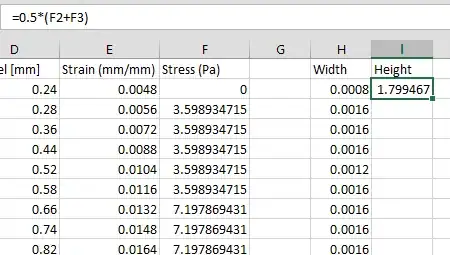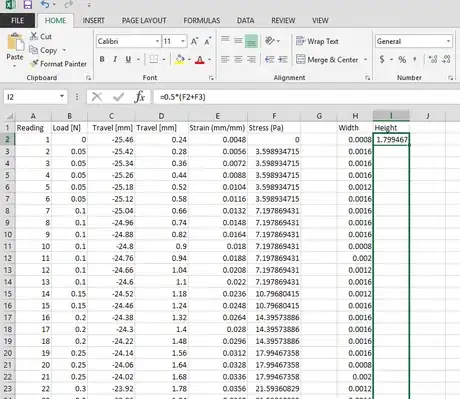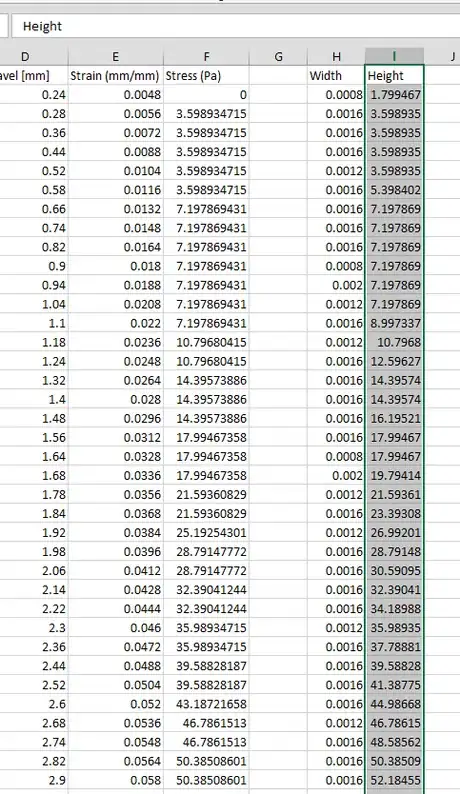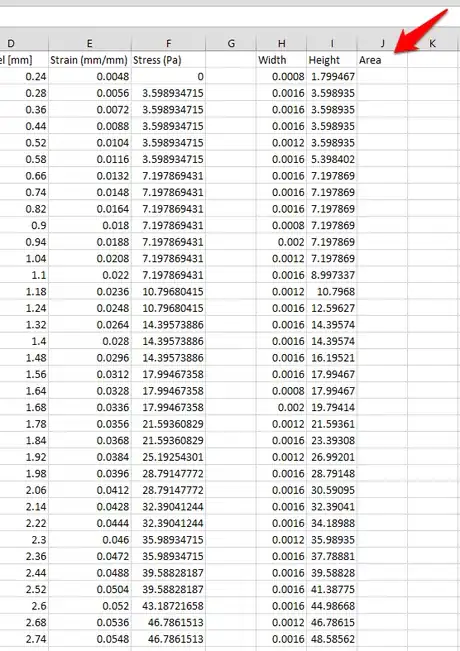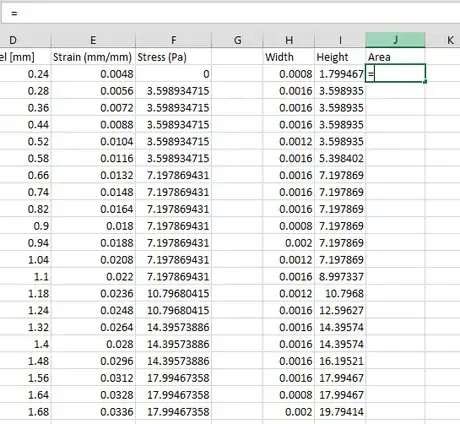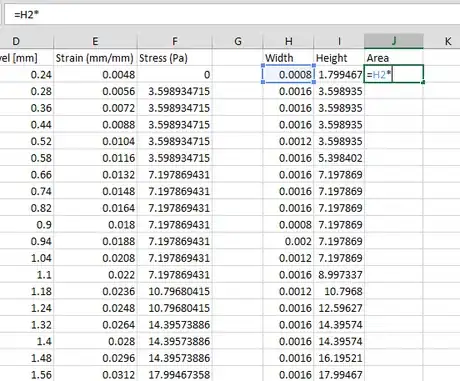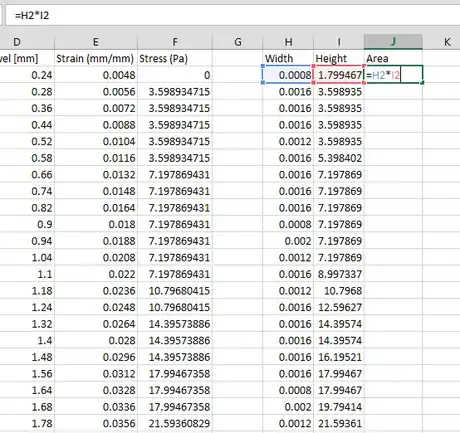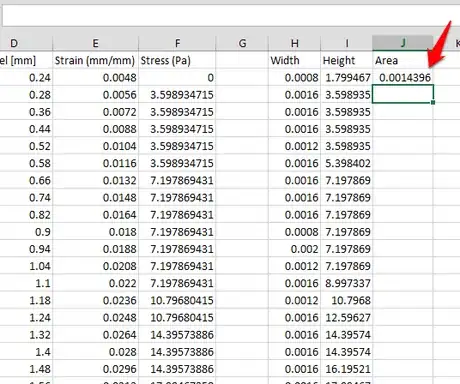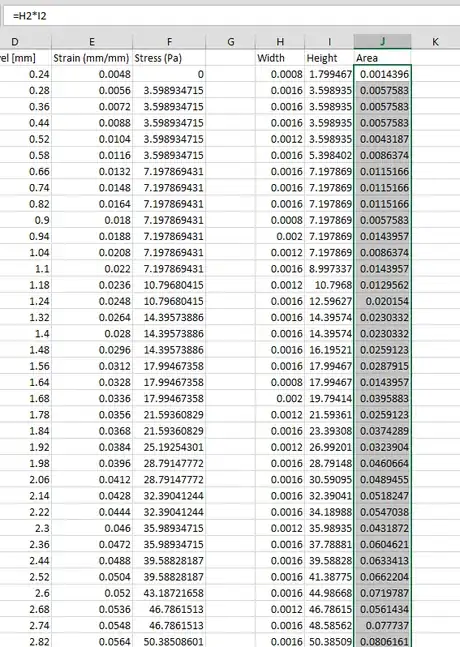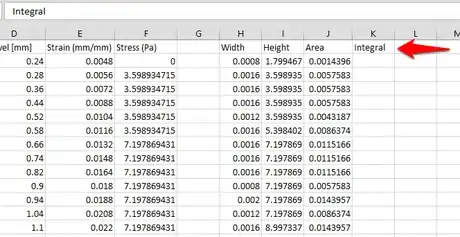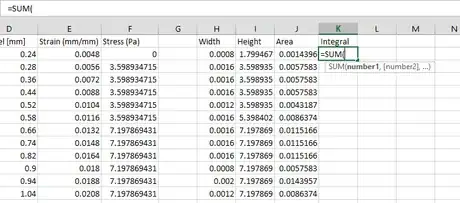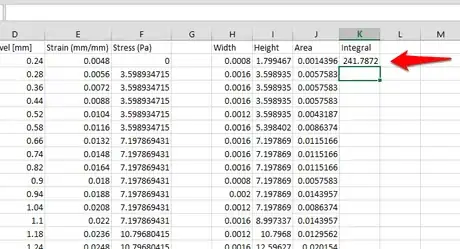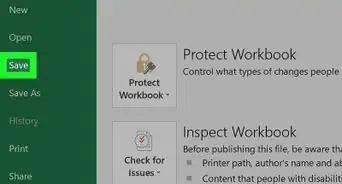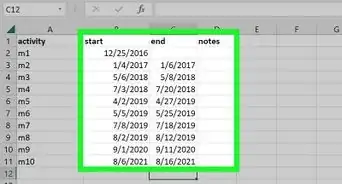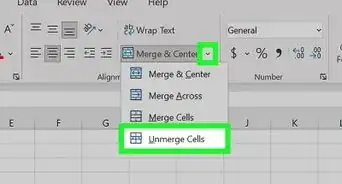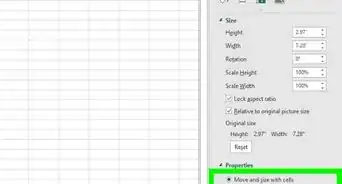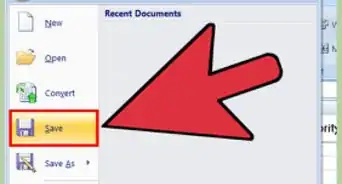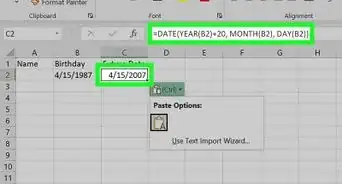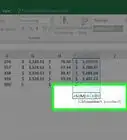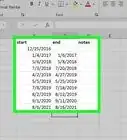wikiHow is a “wiki,” similar to Wikipedia, which means that many of our articles are co-written by multiple authors. To create this article, volunteer authors worked to edit and improve it over time.
The wikiHow Tech Team also followed the article's instructions and verified that they work.
This article has been viewed 76,650 times.
Learn more...
These instructions will show you how to approximate integrals for large data sets in Microsoft Excel. This can be particularly useful when analyzing data from machinery or equipment that takes a large number of measurements—for example, in this instruction set, data from a tensile testing machine is used. This guide can be applied to any type of measurement data that can be integrated.
Steps
Preparing
-
1Understand the basics of the trapezoid rule. This is how the integral will be approximated. Imagine the stress-strain curve above, but separated into hundreds of trapezoidal sections. Each section's area will be added to find the area under the curve.
-
2Load the data into Excel. You can do this by double-clicking on the .xls or .xlsx file that is exported by the machine.Advertisement
-
3Convert the measurements into a usable form, if needed. For this particular data set, it means converting the tensile machine measurements from "Travel" to "Strain", and "Load" to "Stress", respectively. This step may require different calculations or may not be needed at all, depending on the data from your machine.
Setting Up Your Dimensions
-
1Determine which columns will represent the width and height of the trapezoid. Once again, this will be determined by the nature of your data. For this set, "Strain" corresponds to the width and "Stress" corresponds to the height.
-
2Click on a blank column and label it "Width". This new column will be used to store the width of each trapezoid.
-
3Select the empty cell below "Width" and type "=ABS(". Type it exactly as shown, and do not stop typing in the cell yet. Note that the "typing" cursor is still flashing.
-
4Click on the second measurement corresponding to the width, then press the - key.
-
5Click on the first measurement in the same column, and type in the closing parenthesis, and press ↵ Enter. The cell should now have a number in it.
-
6Select the newly created cell and move the mouse cursor to the bottom right corner of the cell directly below, until a cross appears.
- Once it appears, left click, hold, and drag the cursor down.
- Stop at the cell directly above the last measurement. Numbers should populate all the selected cells after.
-
7Click on a blank column and label it "Height" directly next to the "Width" column.
-
8Select the column underneath the "Height" label, and type "=0.5*(". Once again, do not exit the cell just yet.
-
9Click the first measurement in the column corresponding to the height, then press the + key.
-
10Click on the second measurement in the same column, and type the closing parenthesis, and press ↵ Enter. The cell should have a number in it.
-
11
Calculating the Area
-
1Click on a blank column and label it "Area" next to the "Height" column. This will store the area for each trapezoid.
-
2Click on the cell directly underneath "Area", and type "=". Once again, do not exit the cell.
-
3Click on the first cell in the "Width" column, and type an asterisk (*) directly after.
-
4Click on the first cell in the "Height" column, and press ↵ Enter. A number should now appear in the cell.
-
5Click on the newly created cell. Repeat the procedure you applied before again to apply the formula to all the cells in the same column.
- Once again, stop at the cell before the last measurement. Numbers should appear in the selected cells after this step.
-
6Click on a blank column and label it "Integral" next to the "Area" column.
-
7Click on the cell below "Integral", and type in "=SUM(", and do not exit the cell.
-
8Click on the first cell under "Area", hold, and drag downwards until all the cells in the "Area" column are selected, then press ↵ Enter. A number under "Integral" should appear, and will be the answer.
Warnings
- If no numbers or an error appears in the cell, double-check to make sure the correct cells have been selected.⧼thumbs_response⧽
- Make sure you put proper units on the integration answer.⧼thumbs_response⧽
- Keep in mind that this is an approximation, and will be more accurate if there are more trapezoids (more measurements).⧼thumbs_response⧽
Things You'll Need
- Microsoft Excel (any version)
- .XLS or .XLSX file containing data

